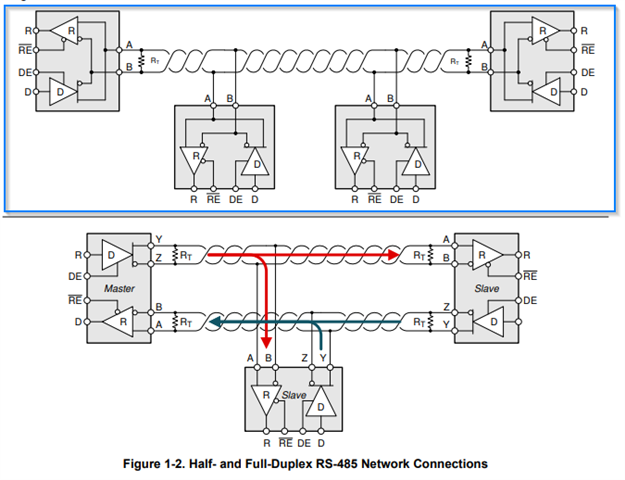Tool/software:
Hello, I'm trying to split one RS-485 signal into eight separate signals via an ISO 3082 transceiver. Could anyone advise on the topology to use? the more i browse thru the following application notes the more confused i am , one app note advocate daisy-chain while another call for repeater.
Anyone please advise which topology to adopt? thanks and please reply soon.


